Postranní lišta
Toto je starší verze dokumentu!
DMGET
NAMESYNOPSIS
IMPLEMENTATION
DESCRIPTION
EXAMPLES
FILES
SEE ALSO
NAME
|
dmget − Recalls previously migrated files |
SYNOPSIS
|
dmget [-h | -a] [-n] [-q] [-v] [-B byterange-list] [list] |
IMPLEMENTATION
|
SGI systems licensed for the Data Migration Facility (DMF) and systems functioning as DMF clients. |
DESCRIPTION
|
The dmget command recalls previously migrated files. You can use this command to retrieve migrated files for which you have read permission; the system administrator can use this command to retrieve any migrated files. Only root users can use this command to recall files for which they do not have read permission. The dmget command accepts the following options: |
|
Option |
Description |
||
|
-h |
Causes the list to be treated as a list of Data Management API (DMAPI) fhandles rather than file paths. The fhandle is the DMF representation of the DMAPI name for the file in the file system. This option requires root privileges. |
||
|
-a |
Update the access time of the file. This option cannot be specified when -h is used. |
||
|
-n |
Directs the dmget command to abort if the DMF daemon is not responding or if the daemon stops responding while the request is being processed. The default is to wait until the request has finished processing. |
||
|
-q |
Directs the dmget command to exit as soon as all recall requests have been sent to and acknowledged as received by the DMF daemon. The command will not wait for verification that the recall has completed, successfully or otherwise. It is then up to the caller to determine when and if the recall succeeds. |
|
Note: If the DMF daemon is stopped or otherwise exits before the recall request is complete, the regions of the file being recalled will be returned to the offline state when the DMF daemon is restarted. In this case the recall request will never be observed as complete and the request must be re-issued. If the dmget command is executed without the -q option, the command will persist across DMF daemon restarts to complete the recall. Also note that the -q option does not change the dmget command’s behavior in regards to the presence or absence of the -n option. That is, if the -n option is not present and the DMF daemon is not running, the dmget command with the -q option will wait until the DMF daemon has been started and the command has received acknowledgment that the requests were received before exiting. |
|
-v |
Specifies verbose mode. This option is useful for administrators when trying to determine the cause of operational problems between DMF client commands and the server host machine. This option might cause the command to display more information regarding the cause of an error than the command does without the option, if such information is available. The option is not useful in cases of normal client/server operation. |
|
-B byterange-list |
|
Specifies that only a part of the file should be recalled to disk; the other parts may or may not be offline. A byterange-list is one or more byteranges separated by commas. A byterange is of the form "mmmm:nnnn" where "mmmm" specifies the first byte in the range and "nnnn" specifies the last byte in it. Each of "mmmm" and "nnnn" counts from the beginning of the file if unsigned, and backwards from the end if preceded by "-". The first byte in the file is byte "0", "BOF", or "bof", and the last one is byte "-0", "EOF", or "eof", so "bof:eof", "BOF:EOF", and "0:-0" all define a range covering the entire file. A byterange may also of the form "mmmm+llll" where "mmmm" is a byte position as above, and "llll" is the number of bytes in the range, starting at "mmmm". If "llll" starts with a minus sign, it specifies a range of "llll" bytes ending at "mmmm". A single number "llll" (without a colon or plus symbol) is also acceptable as a byterange, being interpreted as "EOF+llll" if "llll" starts with a "-", or "BOF+llll" if it doesn’t. Each number can be either a hexadecimal number of the form "0xnnnn", a based number of the form "base#nnnn", or a decimal number with an optional trailing scaling character. The decimal number may include a "." and exponent. The trailing scaling character may be k, K, m, M, g, G, t, T, p, or P, all of which are powers of 1000, not 1024. Byteranges are rounded to disk block boundaries. DMF may decide to join nearby ranges together if necessary, or adjust them to match the size of the file. |
|
list |
Specifies a list of file paths or fhandles to recall. If you do not specify list, dmget reads the list of file paths or fhandles from standard input. The dmget command is synchronous. Therefore, you cannot initiate another process until all of the file paths or fhandles in list are recalled. If the offline medium is tape, this could result in a delay while waiting for tape resources. |
|
Only files residing on file systems configured for use with DMF may be recalled. |
EXAMPLES
|
To efficiently recall all files in a directory named mydir and its subdirectories, use the following command: dmfind mydir -state MIG -o -state OFL -o -state PAR | dmget
Note that piping the pathnames directly into dmget is much more efficient
than the use of the -exec option or the xargs command.
dmattr, dmput and dmtag also accept pathnames on their
standard input file.
The following command recalls the first 4000 bytes (rounded to a disk
block boundary) of partfile back to disk:
dmget -B 0:4000 partfile
|
FILES
|
/etc/dmf/dmf.conf |
|
DMF configuration file |
SEE ALSO
|
dmfind(1) for information about finding
files |

